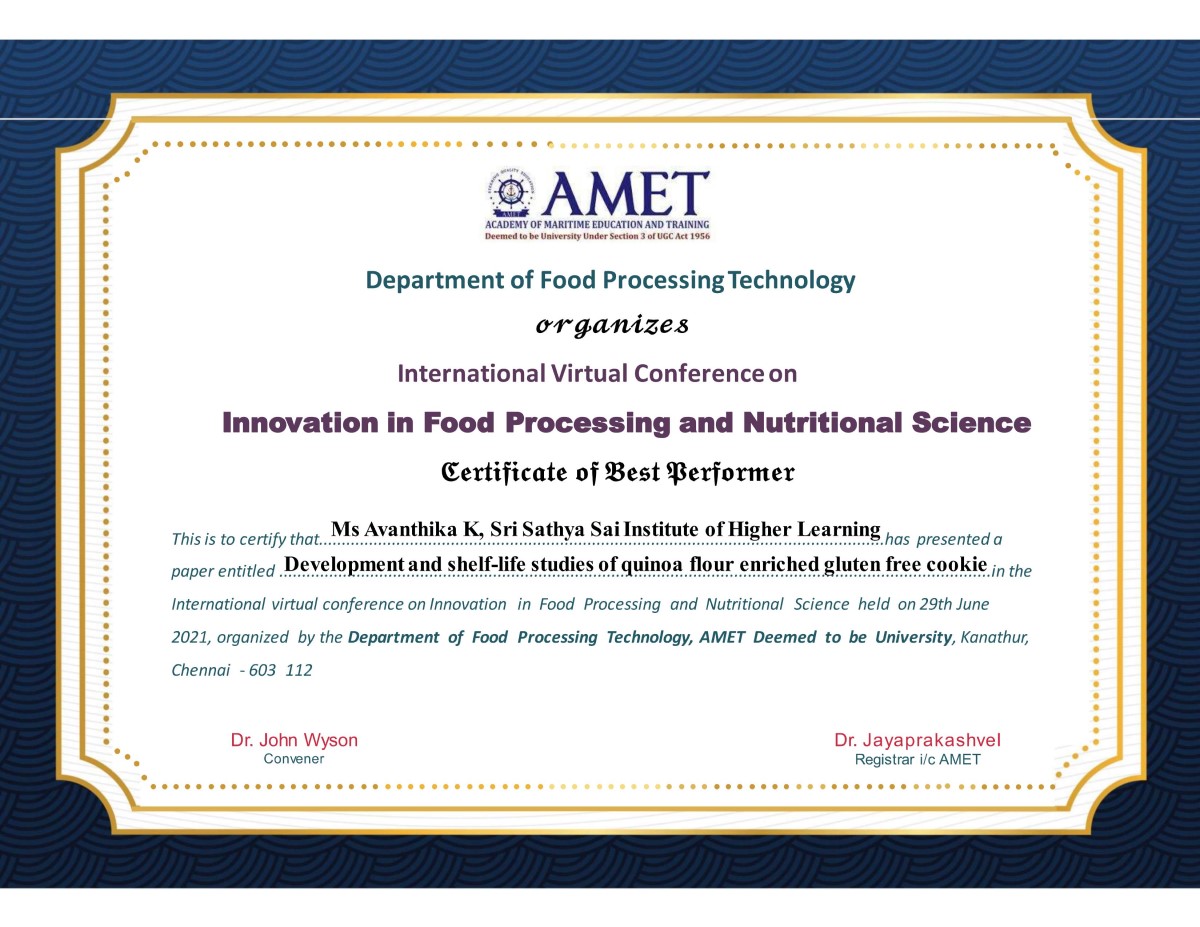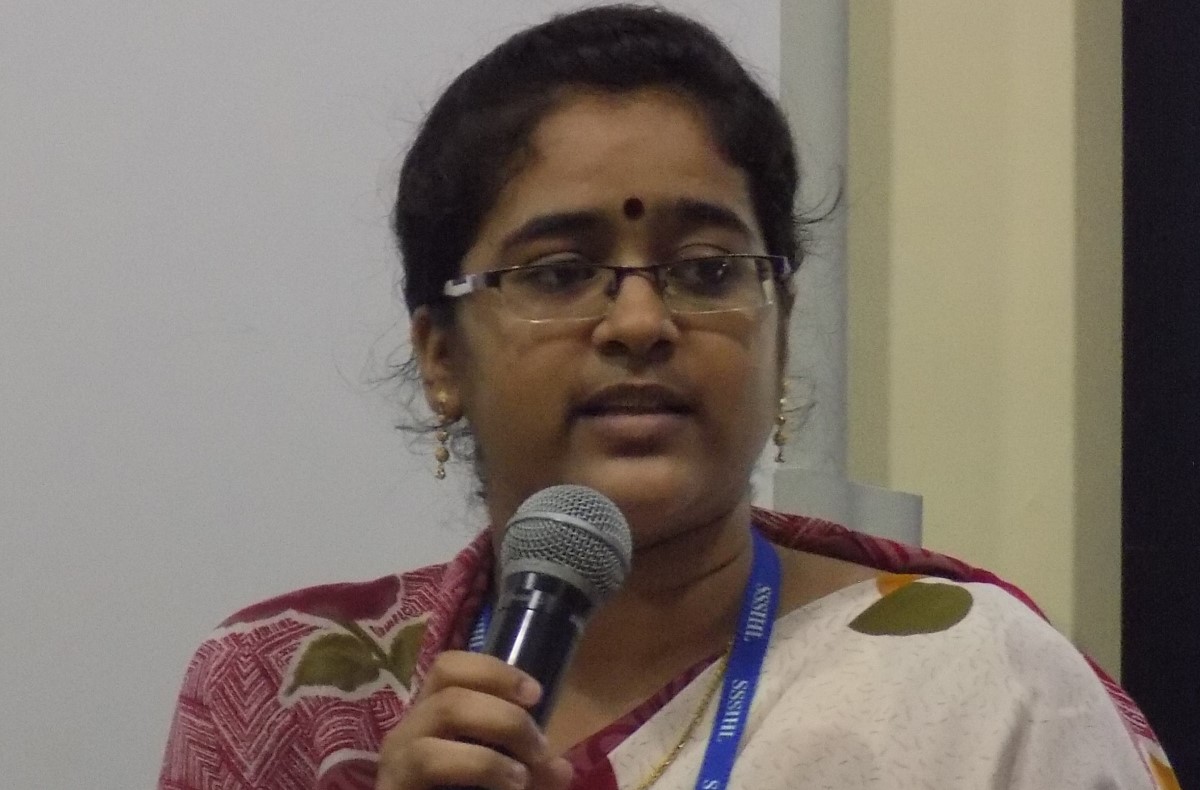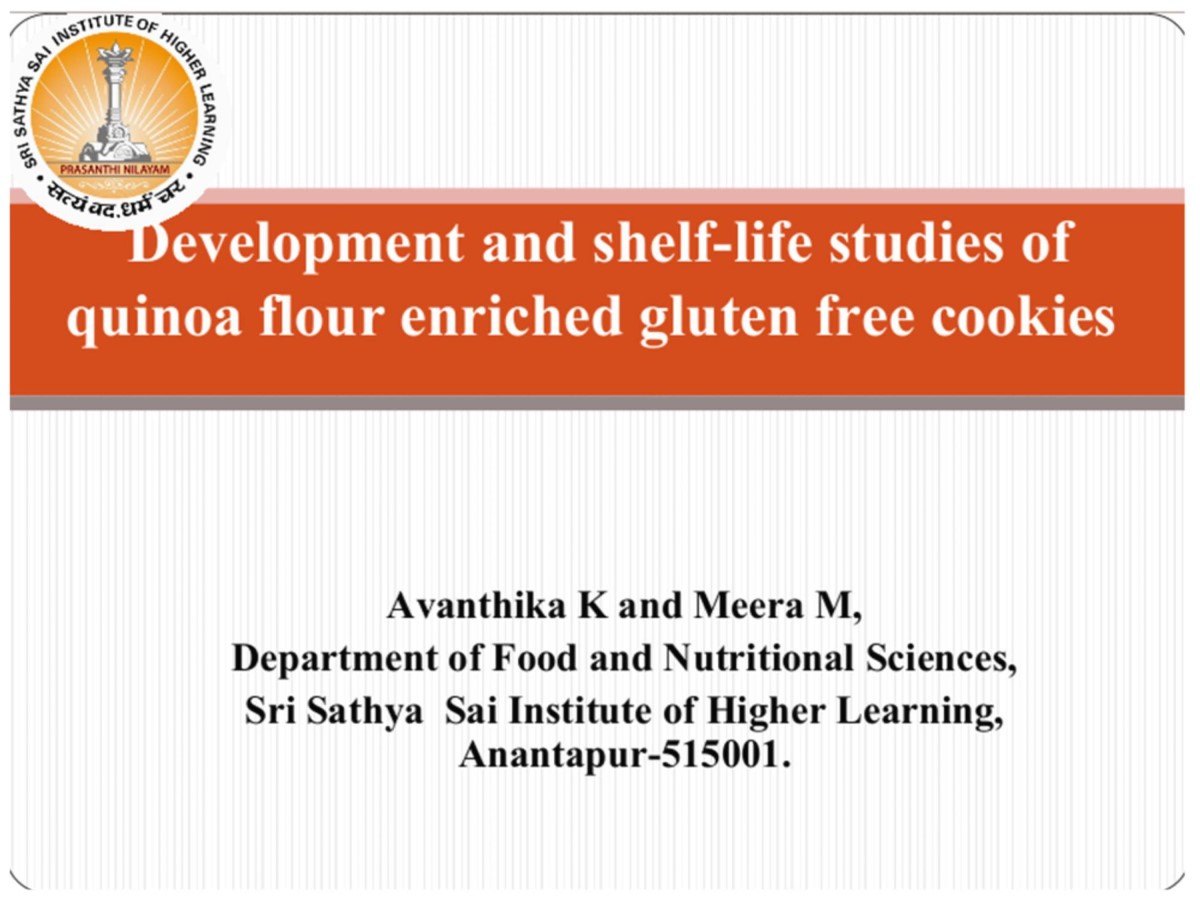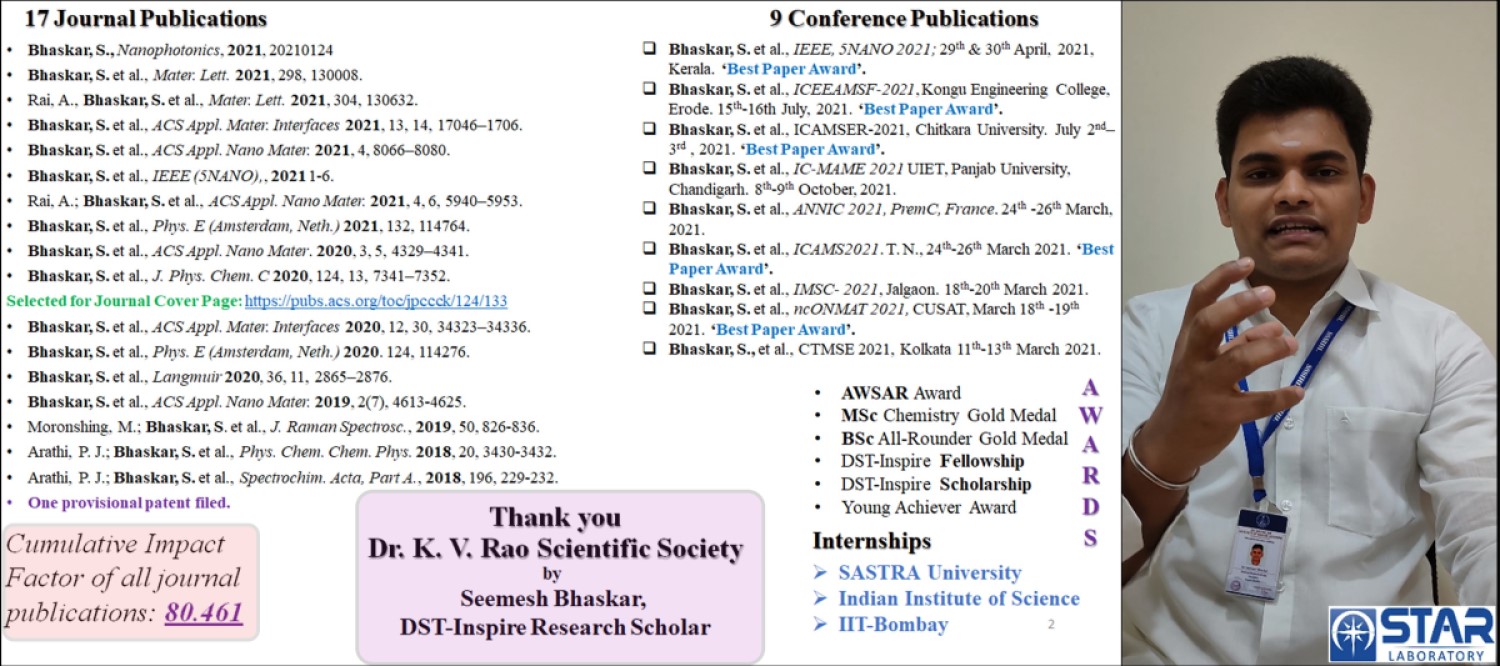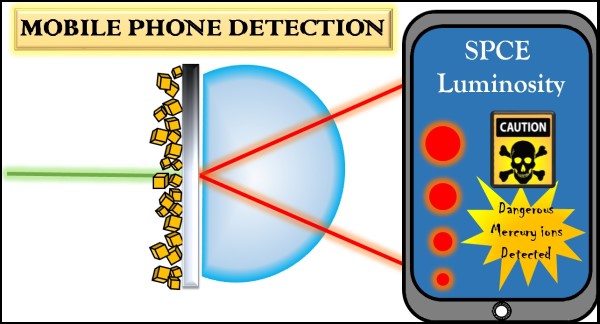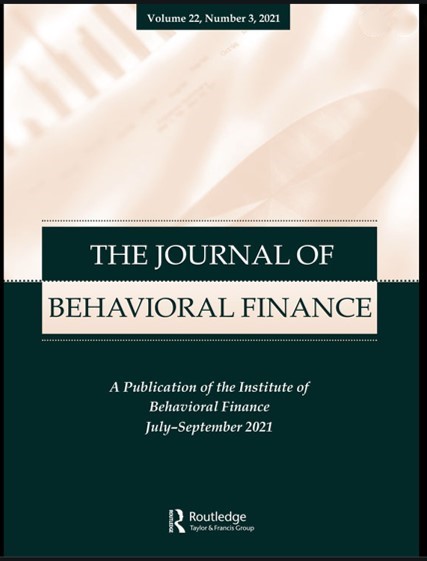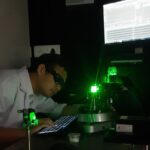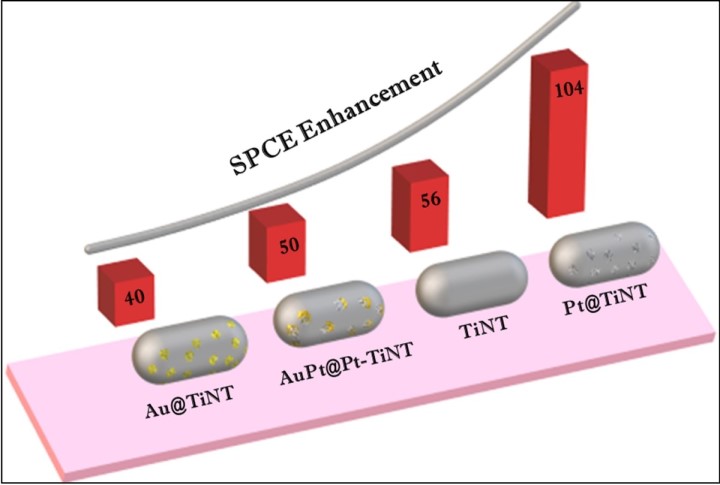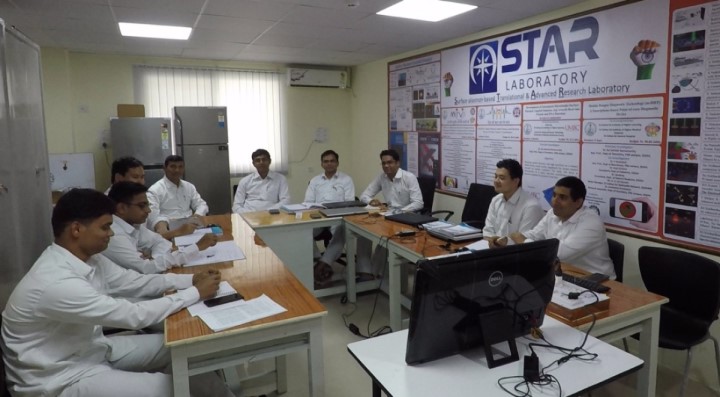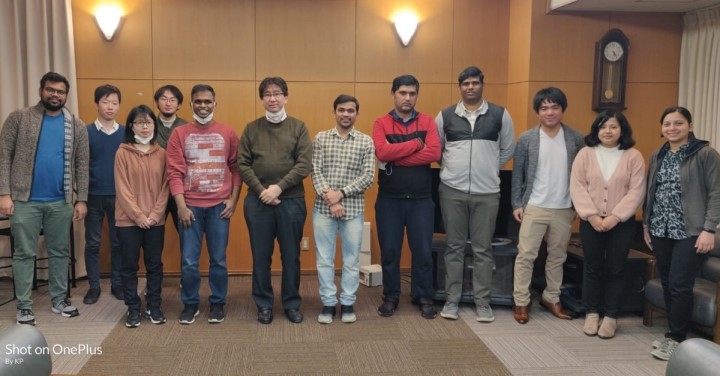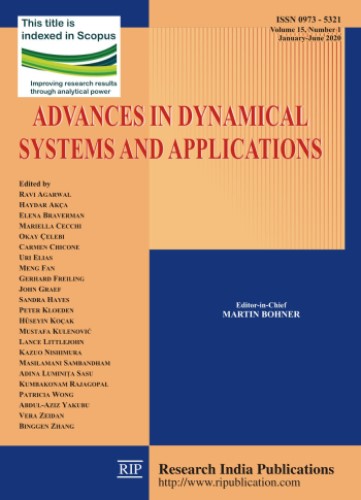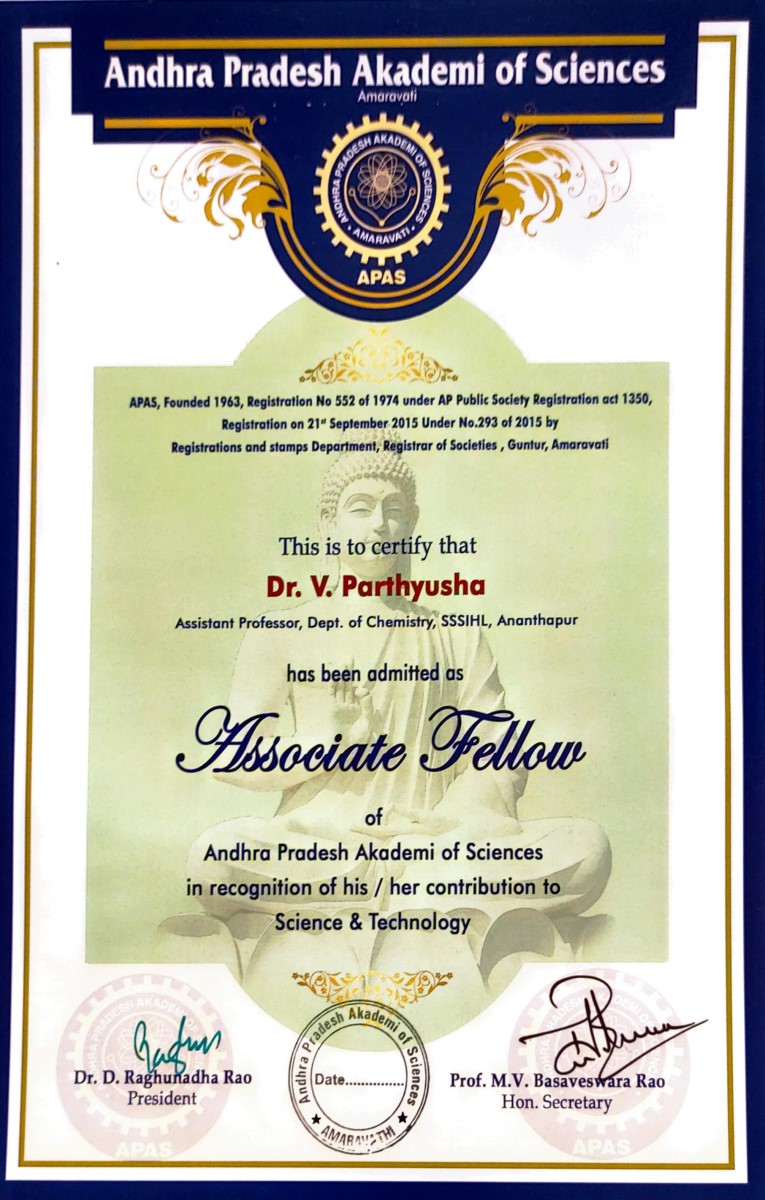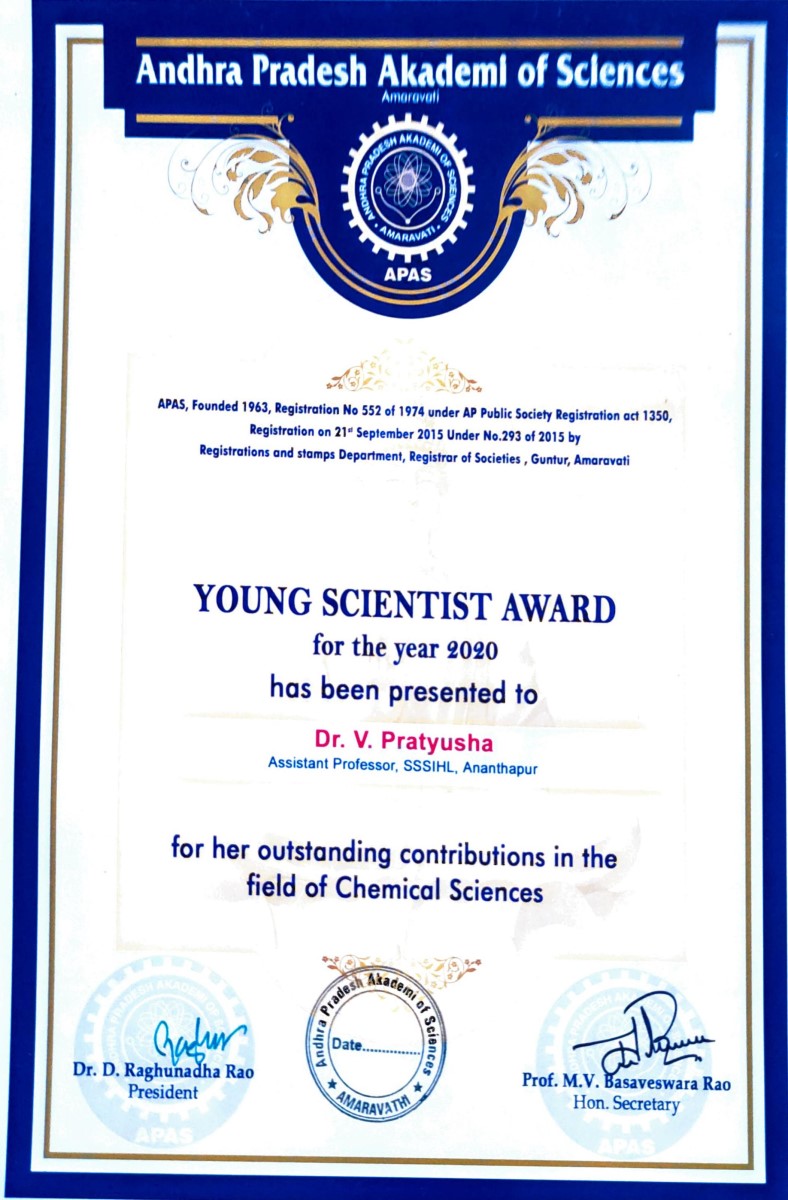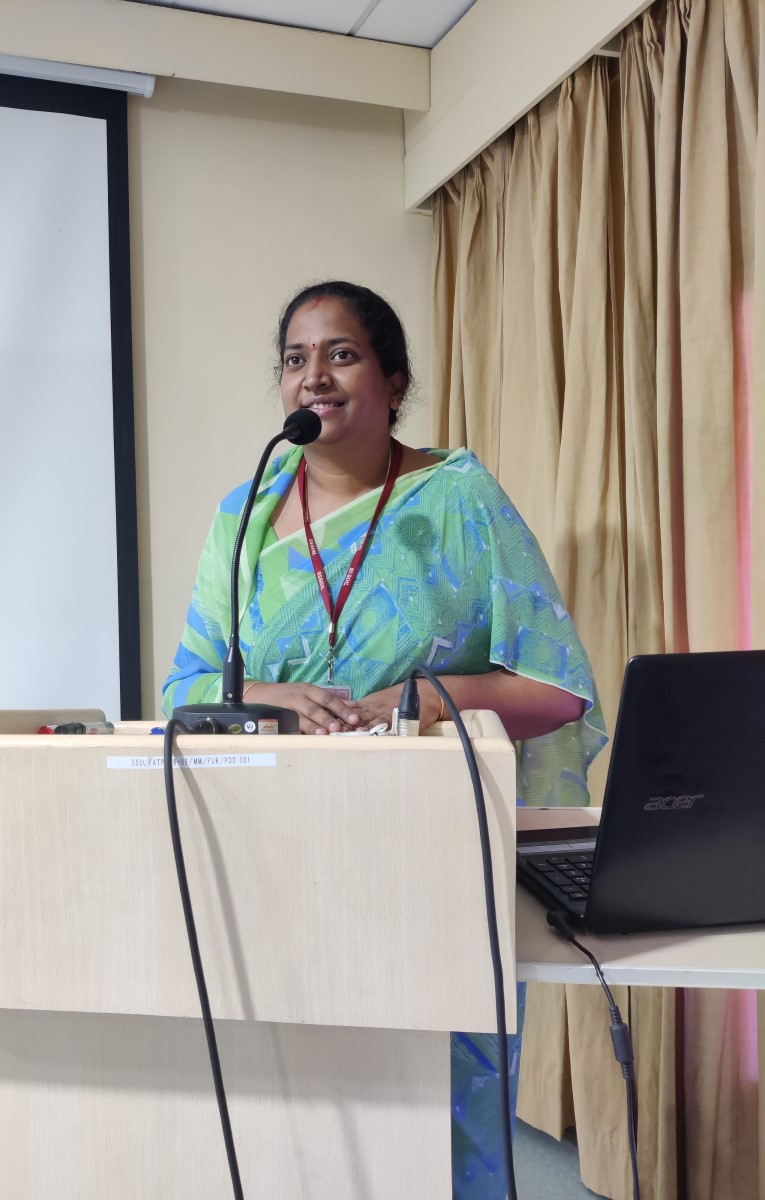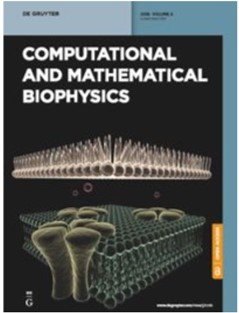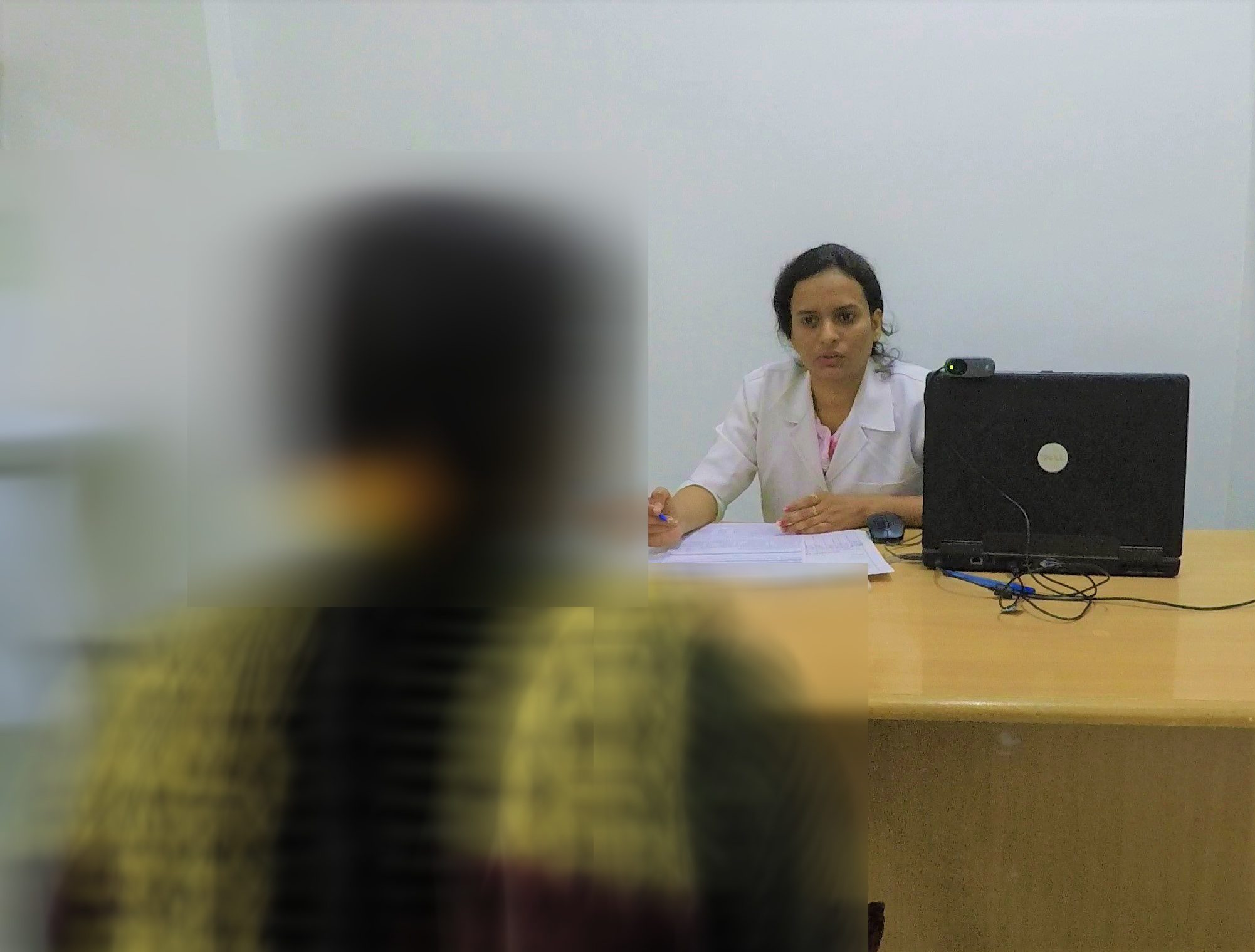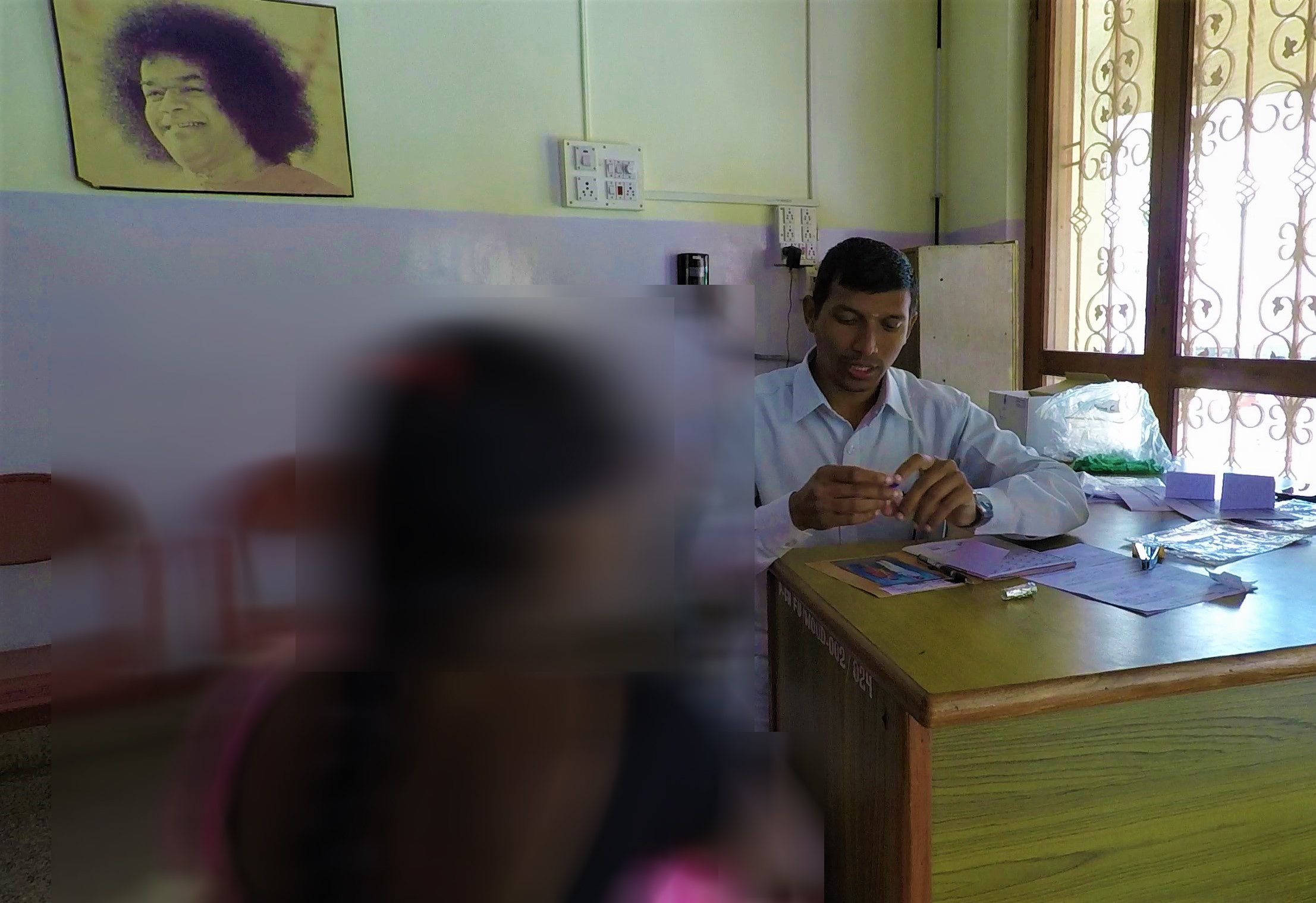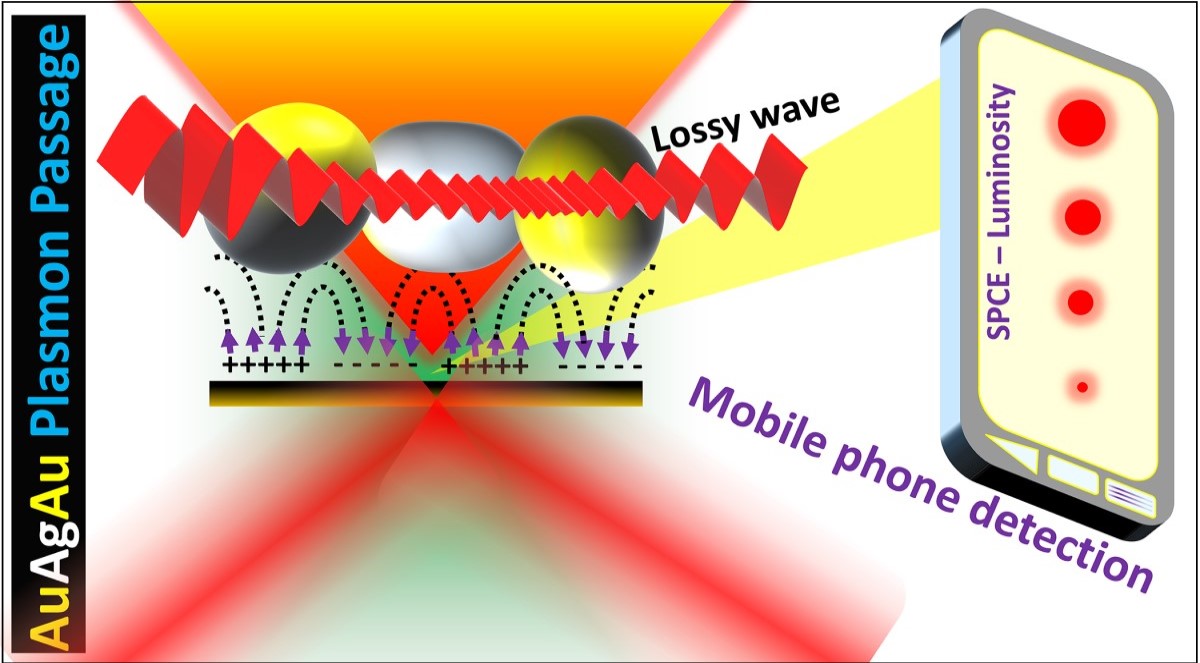Ms. Avanthika K, an alumna of the SSSIHL DFNS, Anantapur, received the ‘Certificate of Best Performer’ for her paper titled “Development and Shelf-life Studies of Quinoa Flour Enriched Gluten-free Cookies” presented at the ‘Innovation in Food Processing and Nutritional Sciences’ virtual conference organised by the Department of Food Processing Technology, AMET University, Chennai, on 29 June 2021. The paper was co- authored by Dr. Meera Manikkavachakan, research supervisor & Assistant Professor, DFNS.
Ms. Avanthika completed her M.Sc. in Food and Nutritional Sciences in 2018, and is currently working as a Dietician in the Sri Sathya Sai General Hospital, Puttaparthi. The work presented was part of her M.Sc. project and was carried out under the supervision of Dr. Meera M.
Organised by the Department of Food Processing Technology, Academy of Maritime Education and Training (AMET), this virtual conference on ‘Innovation in Food Processing and Nutritional Sciences’ was a two-day conference that focused mainly on the Innovations in Food Processing and Technology with an aim to bring together innovative leaders and also research scholars to share and discuss the rapid scientific and technological advances that are transforming the way food is being produced, processed and consumed while exploring new possibilities.
SSSIHL congratulates Ms. Avanthika K for the recognition and making the University proud, and wishes her the very best for her future.


